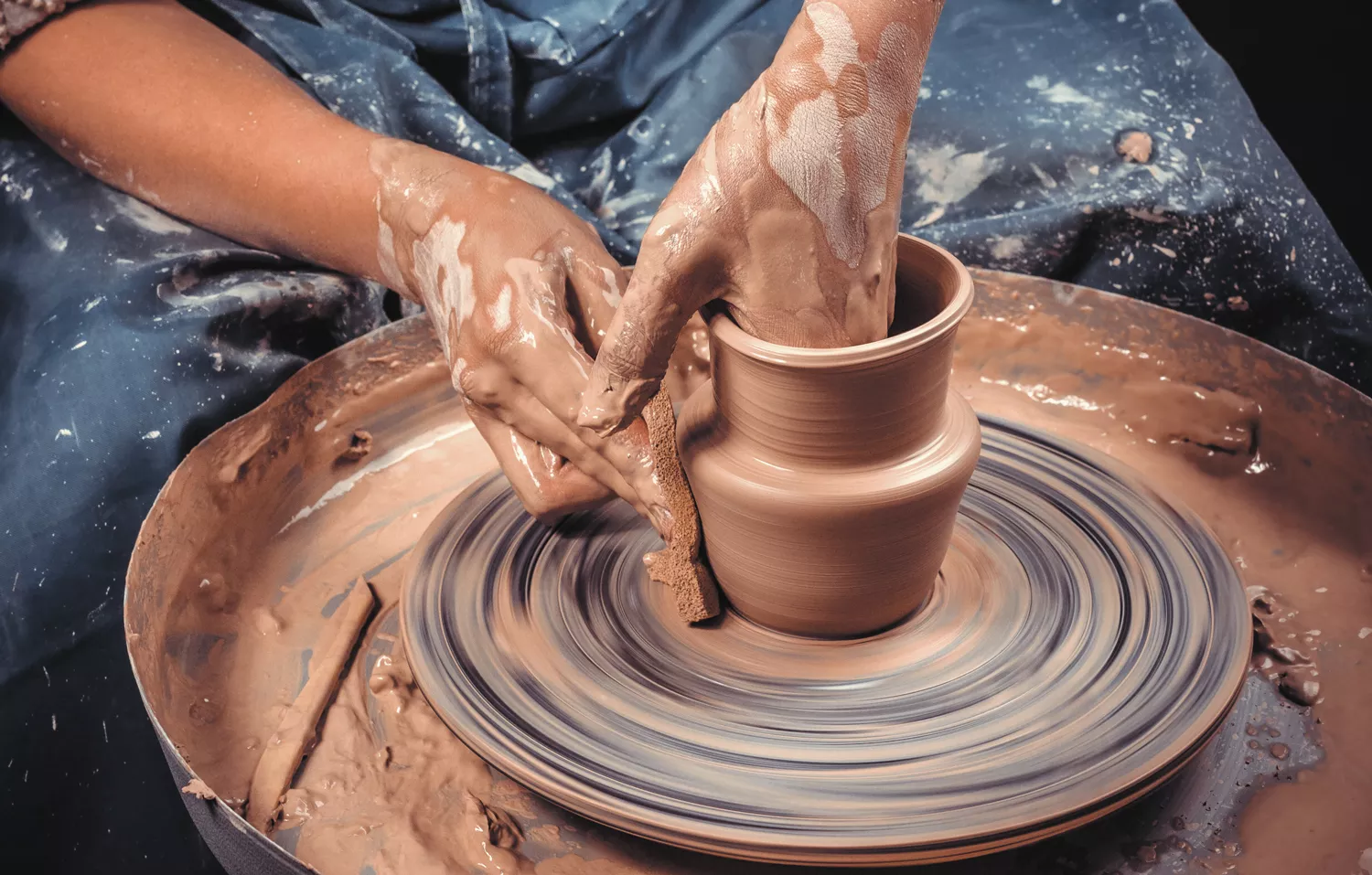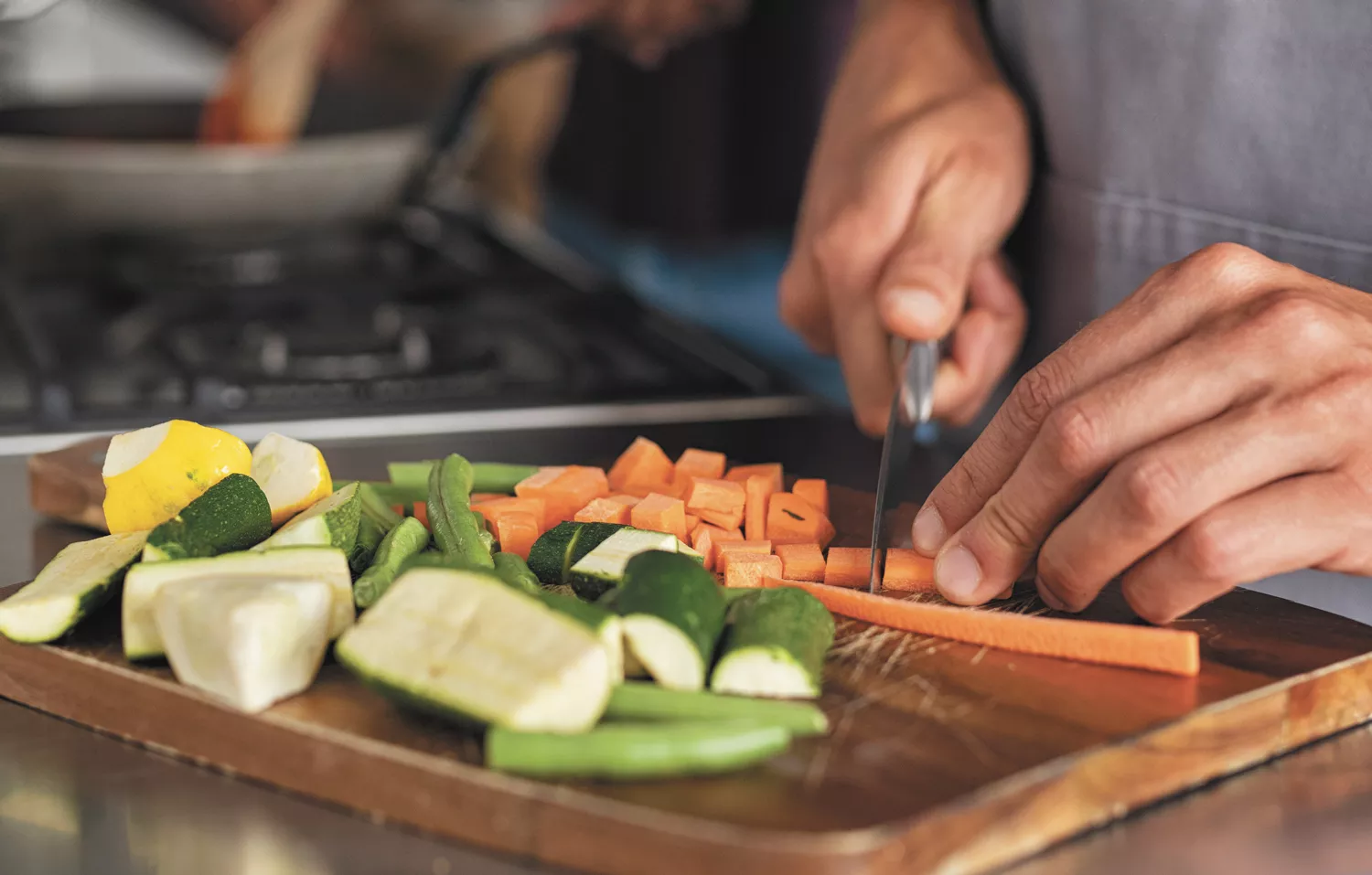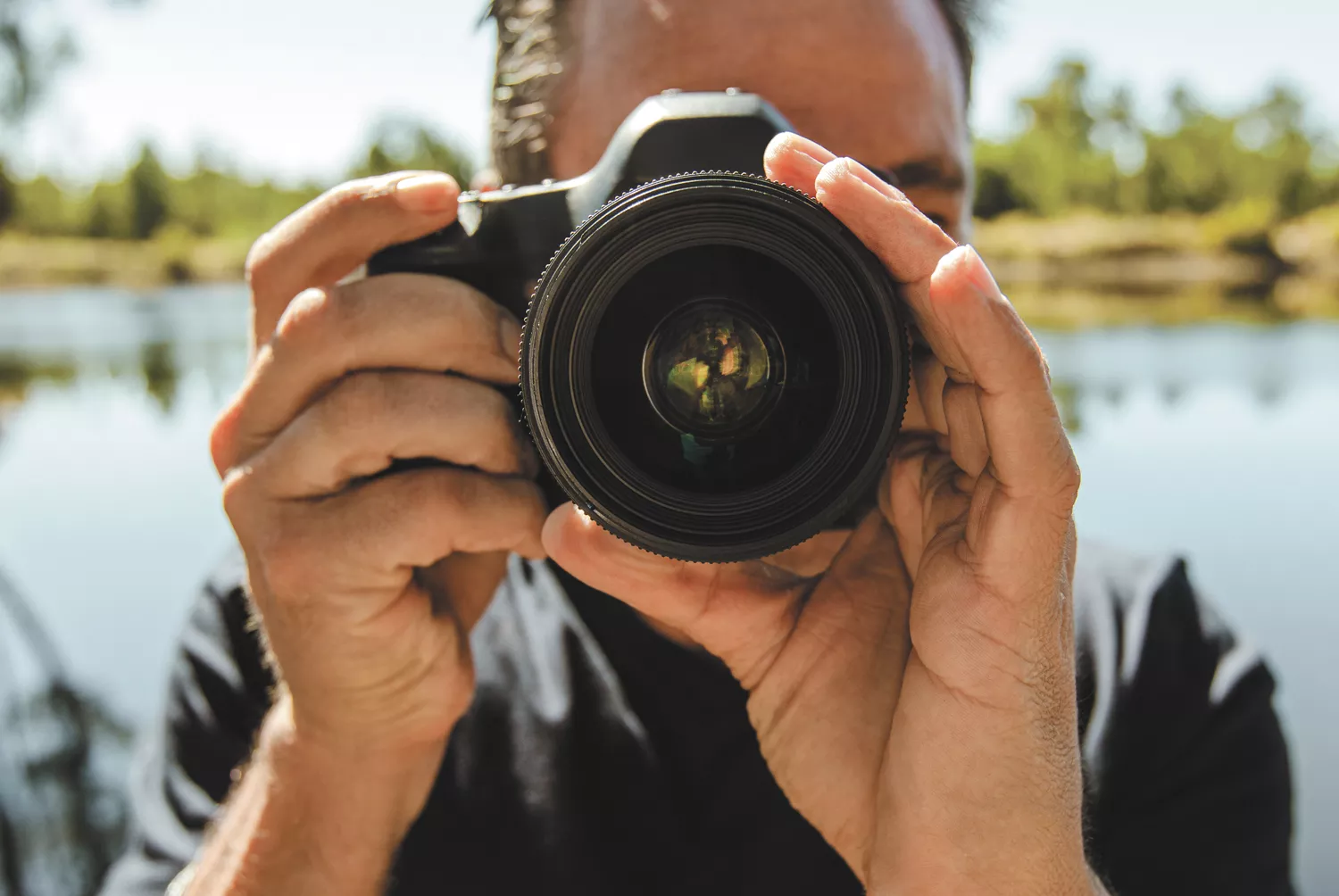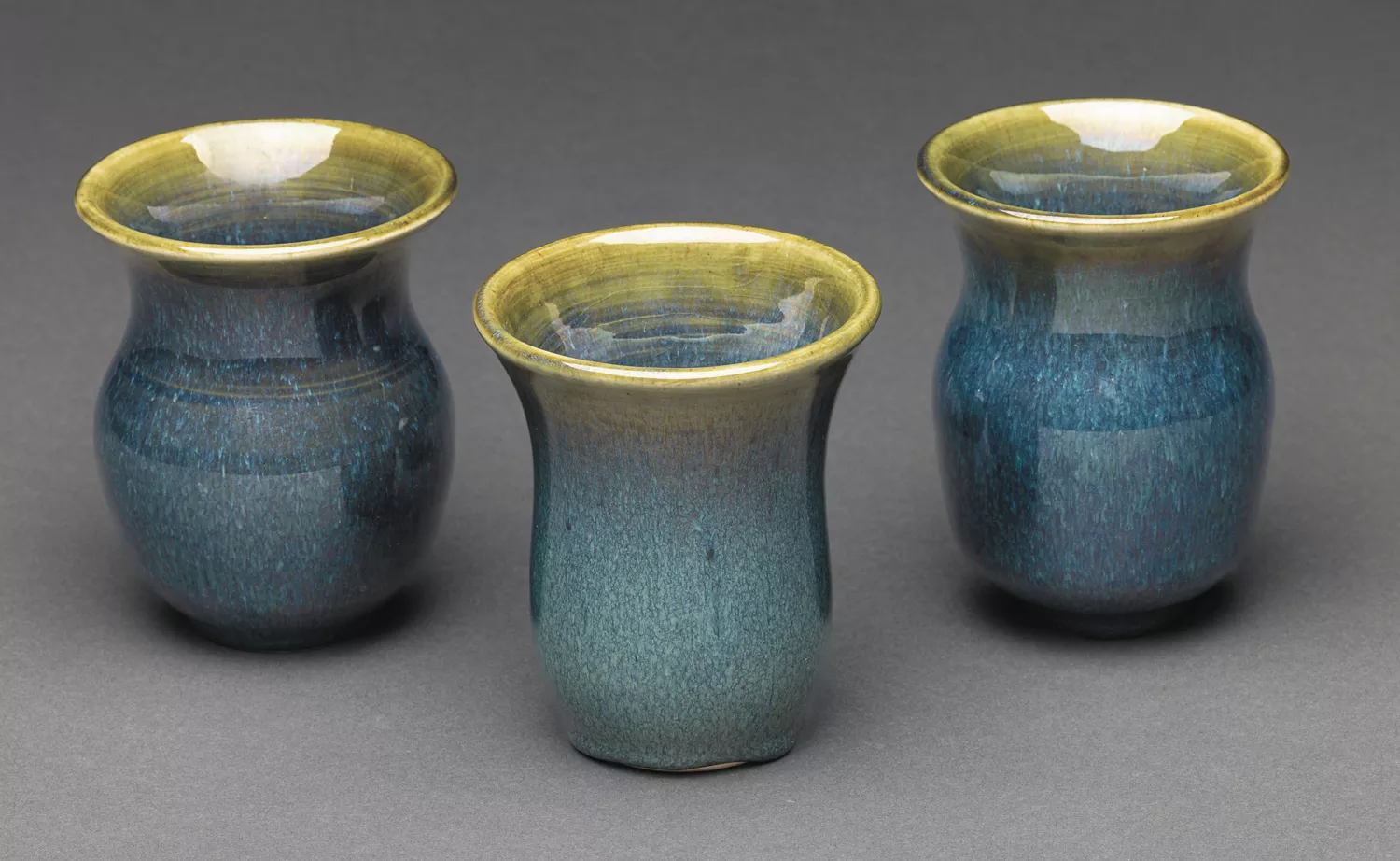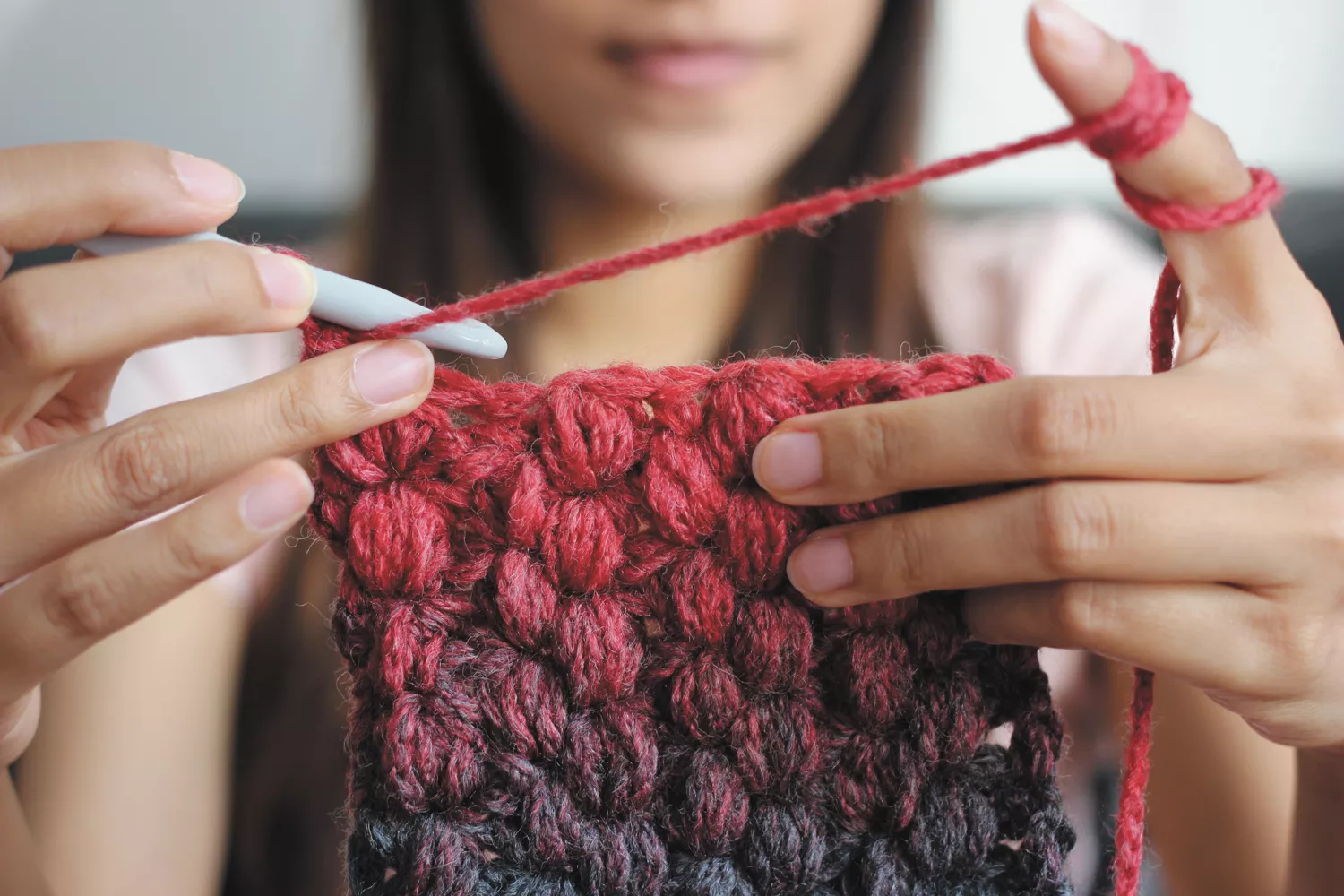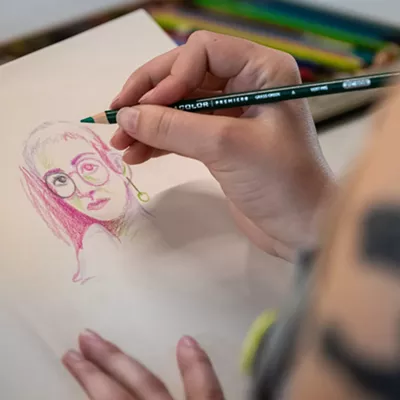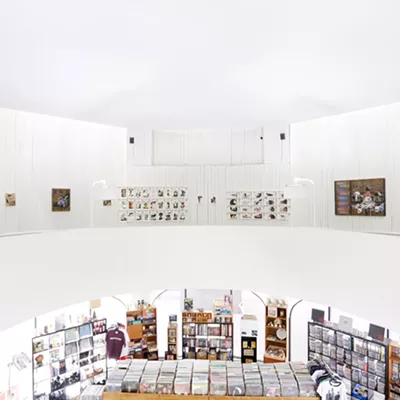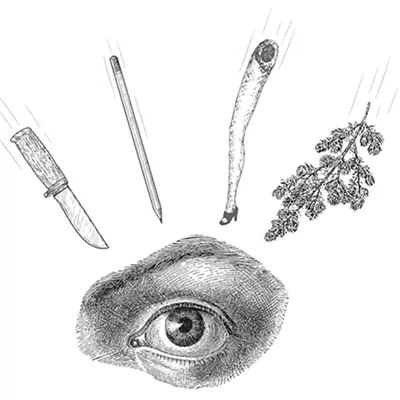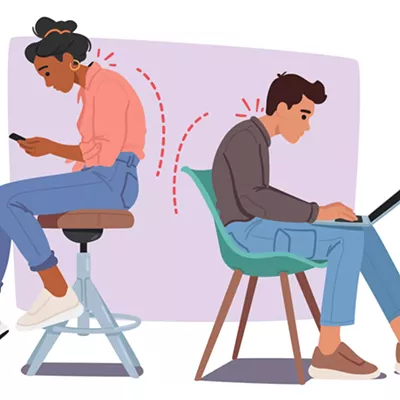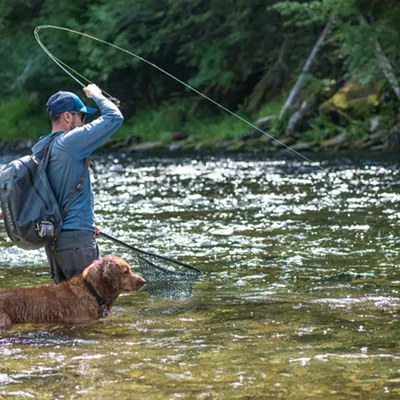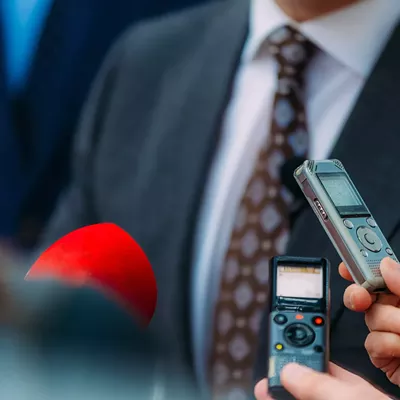You really need to get a hobby.
No, seriously, I'm not insulting you. I say this out of love.
Hobbies may have the connotation of archaic or nerdy pursuits — putting ships in bottles, collecting stamps, writing Star Wars fan fiction — but pick the right hobbies and they don't just improve your life, they make you healthier as well. And that's not just true of hobbies like cycling or hiking, which have exercise as the main goal. Many hobbies can train fine-motor skills and help relieve stress and depression. They can tap into entirely unexplored pools of talent you didn't know you have. Just because you're a libertarian-minded director of a small town Parks and Recreation department doesn't mean you can't pick up woodworking in your spare time.
And crucially, they give us new sources of friendship and community — a resource rarer than ever in our world of social isolation.
In this article, I'll give you an example of four such hobbies. Two, cooking and photography, are hobbies I can speak about from personal experience. For the other two, pottery and needlework, we found amateur fans to speak to.
So if you want to learn how to cook a dish, snap some pics, take the wheel or thread the needle, read on.
COOKING
Cooking is maybe the only hobby to use all five senses. The feel of ripe produce at the farmer's market. The sight of a perfect mince. The smell of the garlic, onions, and bell peppers sauteing and the sound of them sizzling in the pan. And, of course, taste — a sense society frowns upon using for most other hobbies.
There are other benefits too. Other than "handsome-being," maybe no other skill helps your online dating profile. And unlike its cruel sister, baking, cooking is generally forgiving with your mistakes. Even your failures will (mostly) be edible.
Also, you need food to live.
WHY IT'S HEALTHY
To be clear, cooking doesn't have to be healthy, as anyone who follows Paula Deen recipes can tell you. But the best part is that it puts the control of health totally in your hands. Want to switch to a healthier oil? Skimp on salt? Reduce the fat? Nix the meat? Add more veggies? If you're a skilled enough chef you can do that without sacrificing flavor. Or you can do what I do and just cross out any reference to "peas" in the ingredient list.
DIP A TOE
Two words: Blue Apron
I first started teaching myself how to cook with the amateur magic of AllRecipes.com, but Blue Apron — or whichever alternative is endorsed on your favorite respective podcast — is probably a better introduction, what with their simple ingredient lists and pre-made spice packets.
Your equipment doesn't need to be fancy.
Get a sharp big chef's knife ($20-$50,) a big cutting board (wood or plastic, none of this knife-dulling glass stuff), and a cheap insta-read digital thermometer — I like the version with a magnet on the back so you can stick it to a refrigerator. Forget those people who say you can detect the precise temperature of a steak by comparing it to the palm of your hand. That takes experience.
YouTube is full of guides for the basic stuff like peeling garlic. But remember, expect your prep time — at first — to be literally quadruple what the recipes say. (Also recipes straight up lie about how fast it takes to caramelize onions.)
BECOME A PRO
Branch out to more ambitious recipe sites like Serious Eats. Make that weird salad on Food 52. Take a cooking class at the Kitchen Engine. Spend three days making a 29-ingredient molé. Debone an entire chicken — while leaving it as one single piece — then stuff it, roll it and try to cook it as a ballotine. Buy the "Flavor Bible" to have a better sense of which flavors pair with which ingredients (even strange ones, like black pepper and strawberries). That's when you can get creative, upgrading the professionals' recipes and even designing your own. Finally, take pride in showing off. Design your own three- to seven-course menu and invite some friends over.
This summer I threw a Princess Bride-themed dinner party for my foster sister, complete with "Fire Swamp Soup with Croutons of Unusual Size" and a butterscotch "Princess Buttercup" pudding for dessert.
PHOTOGRAPHY
Think of it like the painter where the painting is already 90 percent complete. You just have to put the finishing touches on it. Best of all, these days, you already have your rudimentary equipment in your pocket. Anytime you post an iPhone photo to Instagram, you're an amateur photographer. But when you upgrade your skill to truly thinking like a photographer — finding the angles to communicate story and beauty — you'll be able to capture memories that double as pieces of artwork.
WHY IT'S HEALTHY
As an accomplishment-oriented person, I struggle to get exercise for the hell of it. But most photography forces you out of your comfort zone — a great shot may require hiking up a mountaintop while lugging around a heavy lens.
And even mentally, it shifts your thinking. It lets you see the world through a different lens — literally — and teaches you to pay attention to the beauty we're surrounded by constantly, whether on a gorgeous landscape or an urban streetscape.
DIP A TOE
Wanna get beyond iPhone photography?
Buy a used crop-frame DSLR— and two or three just-above-entry-level lenses. Better to buy a better lens used than a cheapo lens new. The prime lenses — which don't zoom, but are typically better crafted — are the best bang for your buck, and give you practice moving around for the best angle. Start with a basic lens (35 mm), then add a solid big prime lens (200 mm or 300 mm) for the full paparazzi experience. If you can spare the cash, throw in a versatile zoom lens for the in-between distances.
Figure out the dance between the scene's lighting, your aperture (how deep or shallow your focus is) and your shutter speed (how fast your camera snaps the photo).
Read up on basic principles of composition, like the rule of thirds: Put your subject on the side of the photo instead of the dead center. Buy Photoshop Elements to tweak RAW files and fix your mistakes in post, just like they do with Marvel movies. Practice your sports photography at Bloomsday and Hoopfest. And for goodness' sake, use that telephoto lens to take some glorious marmot photos, for everyone's sake.
BE A PRO
Add a full-frame camera — which can take wider shots at lower light levels — to your repertoire, and branch out to other lenses, like a macro lens for super closeup shots or a wide-angle lens that can make even your apartment's kitchen look spacious.
As you up your photo game, photography can become a hobby that can be maddeningly expensive, as the best lenses run many thousands of dollars. And that's not even including the other photography accessories, like lighting equipment.
Still, Dean Davis, a professional local studio photographer, cautions that just like the coolest camera can take garbage photos, a great photographer can take a disposable point-and-shoot and create a masterpiece.
"You could hand a dime-store guitar to Stevie Ray Vaughan, and he could wail on it," Davis says.
POTTERY
Remember Dean Davis, the photographer we quoted up above? That's just his day job. But after collecting all sorts of art for the past quarter-century — including a ton of pottery — he tried out the potter's wheel himself.
"Right away I just said, 'Wow, I don't know why I didn't do this 20 years ago?'" Davis says.
Some of the appeal is how physical it is. It's dirty, but it's tangible — almost primal. Almost like drumming.
"I jokingly say I'm ready to quit my job and become a potter, I love it so much," Davis says.
WHY IT'S HEALTHY
There's a reason that art therapy is a thing.
According to the New York Times, one pottery studio has even modified pottery wheels to help those with amputated limbs, cerebral palsy and paralysis hone their mental and fine motor skills — all while creating artwork.
And even for those of us who are perfectly healthy, the ritual of it has a lot of benefits.
"When you're throwing on the wheel, there's a very meditative quality to it," Davis says. "It's almost impossible to be throwing on the wheel and thinking about something else."
DIP A TOE
Davis got his start by joining the Urban Art Pottery Co-Op on Monroe Street. It's $45 a month, but after that everything but the clay — the kiln, the wheel, etc. — is totally free. And they'll help train you too, Davis says.
"They offer classes pretty much year-round," Davis says. "They're aimed at a beginner."
BE A PRO
True, there are a lot of ways to bone up on your skill.
"I've watched a boatload of YouTube videos," Davis says. "I signed up online and took a [pottery] class from a material scientist who teaches at Alfred University. I've been really throwing myself at it."
He even takes private lessons from more experienced artists at the co-op. But nothing matters as much as time.
"If you go up and sign up for classes and it's one day a week and it's all you do, you might have a wobbly little pot that looks like a third grader made it," Davis says.
So what's the secret to making ode-worthy pottery? There's no hack. It's just about practice.
"Time on the wheel," Davis says.
NEEDLEWORK
The animal Mark Cuilla won a blue ribbon for at a recent Spokane Interstate Fair was a rhinoceros. A stuffed rhinoceros, to be clear. A dozen years ago, Cuilla discovered the magic of crochet.
Whether it's a Harry Potter scarf, a Footsteps poem cross-stitch, or a French Revolution hit list, needlework is always a great way to communicate a message, whether in words or with sartorial semiotics. And for us ADHD folks who constantly need something to do with our hands, we might as well end up with a knit sweater at the end for our trouble.
WHY IT'S HEALTHY
OK, so crochet and needlepoint may not raise your heart rate, but there have been researched health benefits. According to the Washington Post, occupational therapists use knitting to combat depression and lessen the symptoms of Parkinson's disease.
And knitting, quilting or cross-stitching doesn't have to be a solitary pursuit.
"I've gone to crochet parties — you hang out with people, and everybody is making something different," Cuilla says.
DIP A TOE
Cuilla started teaching himself to crochet through the magic of reading.
"I got a silly little book called I Can't Believe I'm Crocheting," Cuilla says. "Learned that way, taught myself."
Early on, get used to making mistakes.
"It doesn't have to be perfect," Cuilla says. "If you do make a big mistake it is really not the end of the world to pull out all of the stitches and start the row again."
Start out small, with something like a washcloth.
"Kids can do it. It's a skill that anyone can learn."
BE A PRO
Eventually, you can transition to begin making your own patterns and designs. But the key, Cuilla says, is patience. Rome wasn't built in a day. And a Roman toga isn't knit in a day, either.
Eventually the basic actions will be so embedded in your head you'll be able to do other things while you're at it, like listen to audiobooks or plot your next Spokane County fair-winning design. Next year, Cuilla says, he plans on doing a stuffed version of the Spokane County Fair logo

